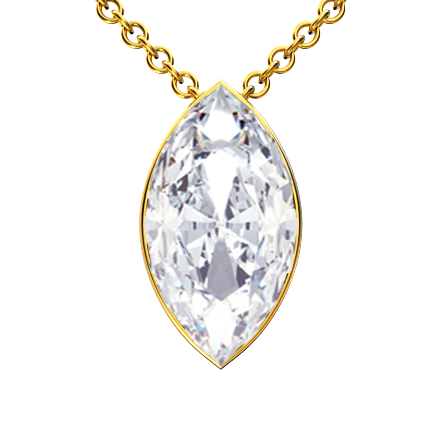The basic of making a good deal is to rake up as much information as possible about the commodity involved. For lifetime purchases, this rule applies with twice importance. Engagement rings are hefty investments, and like all hefty investments, they are mires with potential risks. So, the first thing advisable to all potential buyers is to gather up as much information as possible to make the purchase an informed decision at least. Economizing is the first quality seen in buyers and riding on that opportunity, store reps often try to sell them low quality diamonds that still cost quite a lot, but is not worth so much. So, here is a briefing on the 4Cs of diamonds that may open your eyes to some vital things you didn’t know before.

Cut Is Critical
Sometimes, people are so hung up on properties like clarity and carat, that they end up ignoring cuts altogether, when in reality, cut is one of the greatest aspects of a diamond. It can make a diamond look large or small. It can even make a diamond cost high or low. There are grades in cuts too. So, the kinds of cuts is not all there is to know here. When picking an engagement ring, your priority should be to pick between “Very Good” and “Good” to land with a decent cut stone. For better cuts, choose one from the “Excellent” range.
Clarity Is Next
The clarity apparently is the favorite property of all buyers. Although this part of the subject is often better researched than others, most of the buyers still do not know that there is a major difference between an “eye-clean” stone and “flawless” one. The grade flawless is the top category on the scale. Diamonds graded flawless are totally clean, when under 10x magnification. Now not all diamonds are flawless. In fact, a very small portion of the diamonds actually turn out to be naturally flawless. A stone that is clean to the eyes is good too for an engagement ring if flawless is outside your affordability.
Colors Are More Than They Appear
Diamonds, except fancy colored ones are not labeled colored. That’s why stones exhibiting tints of yellow, gray and orange are often stocked at the bottom of the scale.
Finally Carat
There is an innate connection between carats and cuts. A cut can make a small stone seem large and therefore, you have the advantage of having a seemingly large diamond on the ring without spending so much.





